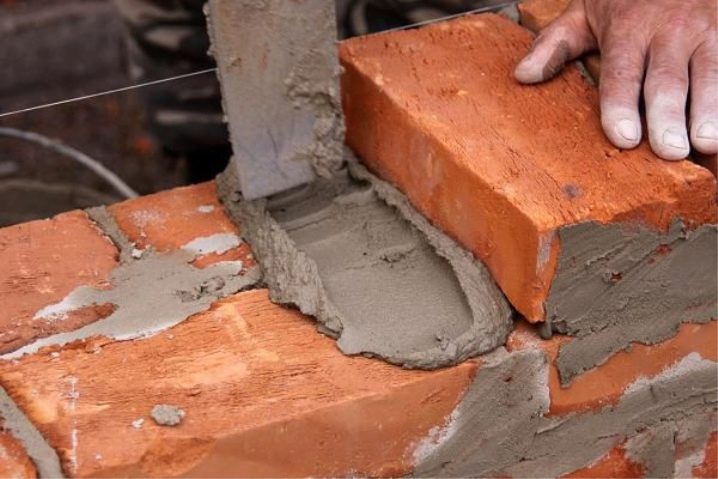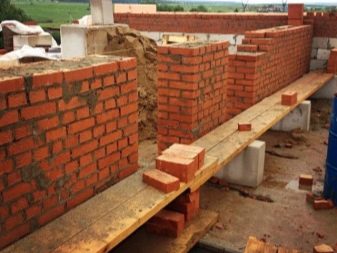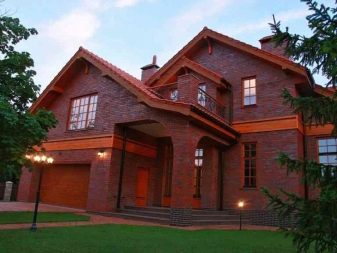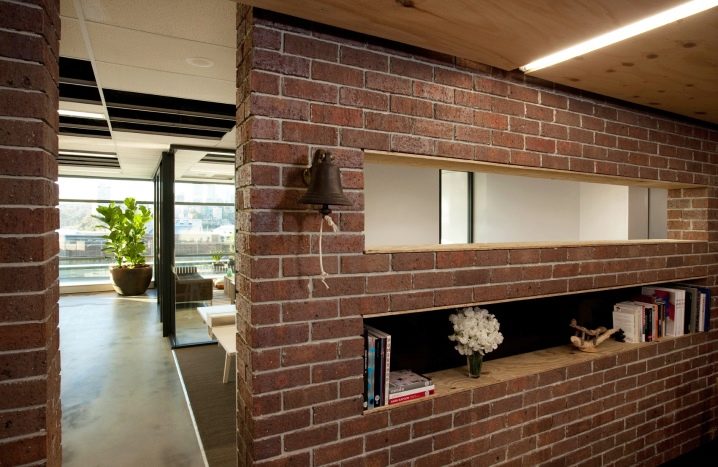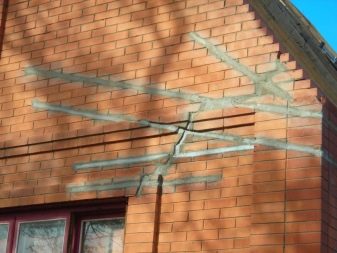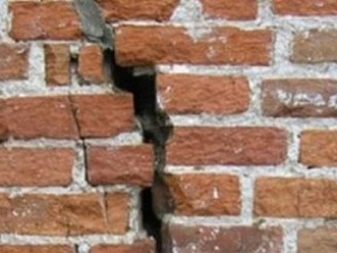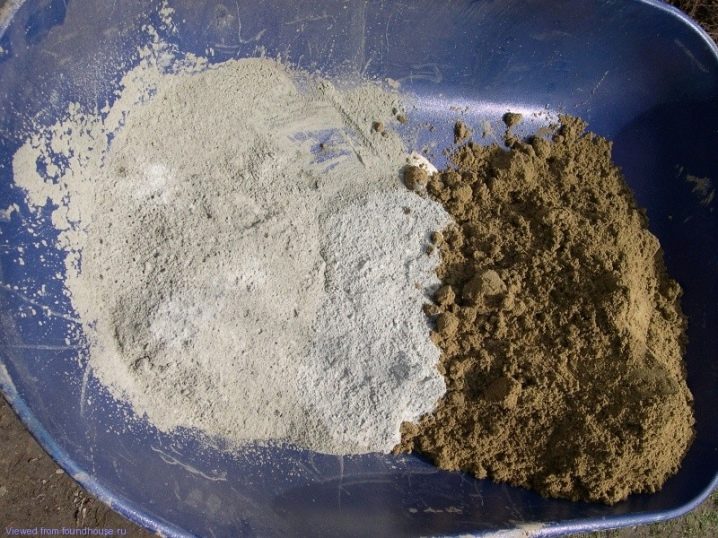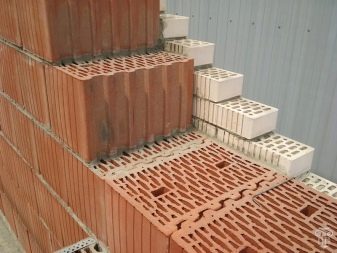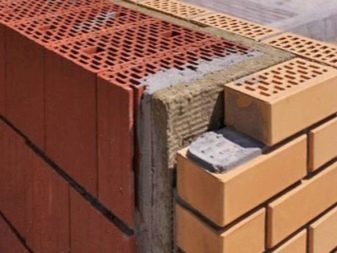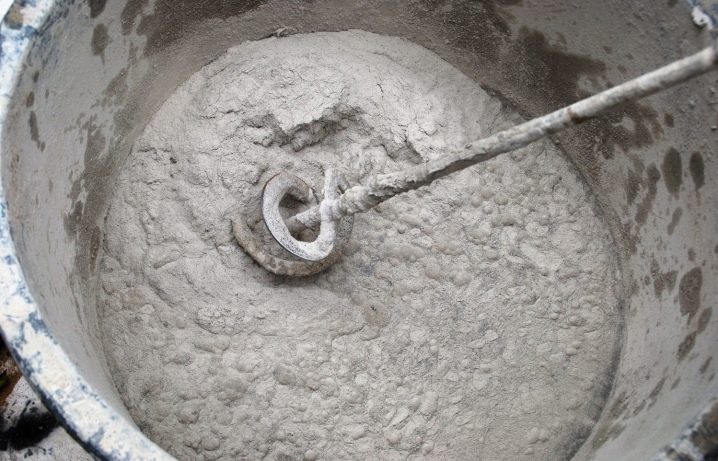How much brick mortar is needed?
In the modern world it is impossible to do without brick blocks. They are necessary for the construction of various buildings, structures, houses, industrial premises, structures for specific purposes (furnaces for various purposes, dryers). By itself, the brickwork will not hold. For the purpose of "binding" between the blocks, there are different types of solutions. In this article we will talk about masonry mixtures, their functional significance, the procedure for calculating their quantity and mass.
Types of masonry mortars
The mortar for laying bricks, depending on its component parts and purpose, is subdivided into cement-sand, limestone. There are mixed blends, compositions with a plasticizer.
Cement-sand mixture is the most common composition for the construction of brick structures. The mortar is made of cement, sand and water in various proportions, which depend on the purpose and location of the brickwork.
Limestone mixture - less expensive. Currently rarely used. It consists of sand, burnt lime and water. It is used only for interior work, in rooms with minimum humidity, as the composition is unstable to the effects of liquids.
Mixed mixtures are composed of the components of the two previously discussed solutions. This composition is used in "special" brickwork, where the quality of cement-sand and limestone mixtures is necessary.
The plasticizer is a special polymer material that is added to the composition in order to be plastic, hence the name. Such a mixture is used in cases when it is necessary to interconnect uneven surfaces, fill in unnecessary voids.
How much brick mortar is needed?
Depending on the type of masonry, the quality indicators of the brick, the type of the mortar itself, the mixture consumption is calculated for 1 m3 of brick masonry.The units of measurement of the solution are cubic meters, in common "cubes".
Immediately after we have decided on the above parameters, we choose the type of composition.
Cement-sand composition is prepared from a mixture of 1 part of cement and from 3 to 5 parts of sand. In this way, you can calculate the consumption of cement per 1 sq. Km. The calculation also depends on the brand of cement, which can be from M200 to M500.
After determining the type of mortar, it is important to find out the mix consumption, which depends on the thickness of the seams, walls (masonry can be 0.5 bricks, 1, 2 bricks).
Among specialists there are some common figures when calculating the solution.
So, for the masonry of a conventional block with dimensions of 250x120x65 mm of a wall in half a brick per 1 m3, it leaves 0.189 m3 of the mixture. For a wall of one brick, it is necessary to have 0.221 m3 of mortar. There are certain tables by which you can make calculations.
Factors Affecting Solution Consumption
There are features that need to be taken into account when calculating the mixture used for laying.
The main ones are:
- wall thickness;
- masonry;
- the porosity of the brick material, its ability to absorb moisture;
- type of brick block, the presence of voids in it;
- the quality of the preparation of the solution;
- humidity, ambient temperature; season.
As a rule, the above factors influence the solution consumption upwards, but this is not always the case. For example: a mason’s skill can affect both an increase in the amount of mortar used (he is not sufficiently qualified), and a decrease (workshop). At the same time, an increase in the thickness of the walls necessarily entails an increase in the mixture and vice versa.
The consumption of the mixture is influenced by the components used, the shelf life of the cement, the quality of the preparation of the solution. If, when mixed in sand, there will be foreign inclusions (stones, clay, tree roots), then when laying bricks these objects will interfere. This will lead to an increase in the seams between the blocks, the rejection of part of the solution.
Experts advise that after the calculations used in laying brick mortars, it is imperative to increase the results obtained by 5-10%. This is necessary for various unforeseen situations that may arise during construction. They are held more than one day, often stretched for months.During the construction period, weather conditions, the quality of the brick, its type, brand of cement, and humidity of the sand often change.
Construction work, laying of bricks, as well as solutions used in the work, you need to pay special attention. The result of the work done, the strength of the walls, their durability, and the safety of people who will use buildings, structures and residential premises depend on this. It is very important when calculating the amount of mortar for brick laying to get advice from a builder. It will provide invaluable assistance in reducing material losses in the production of certain works.
How to prepare a solution for laying bricks, see the video below.

